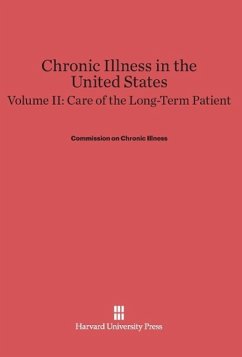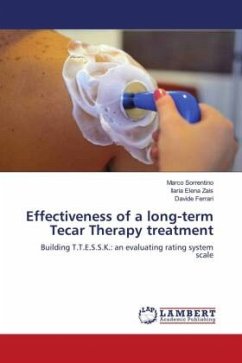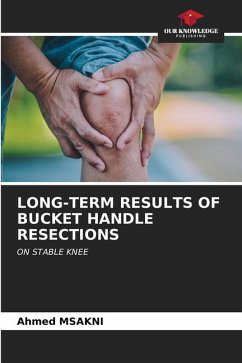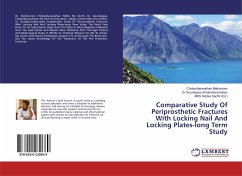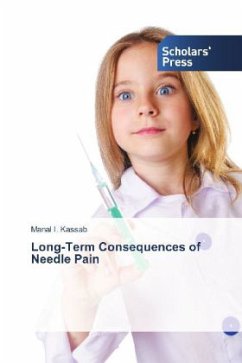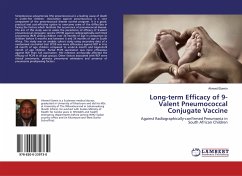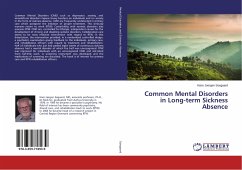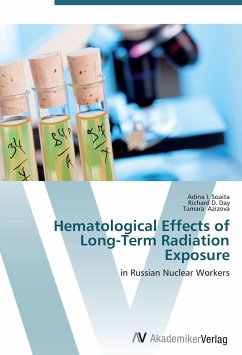
Hematological Effects of Long-Term Radiation Exposure
in Russian Nuclear Workers
Versandkostenfrei!
Versandfertig in 1-2 Wochen
52,99 €
inkl. MwSt.

PAYBACK Punkte
26 °P sammeln!
Revision with unchanged content. This monograph reports the longitudinal effects of long-term occupational radiation exposures on human lymphocyte counts in a cohort of Russian nuclear workers who were employed at the Mayak PA facility (Ozyorsk, Chelyabinsk region) between 1946 and 1956. Lymphocyte counts are singularly important in the context of long-term health impacts, since significant declines may lead to immune disorders, a suscepti-bility to certain cancers, and/or other chronic disorders. This study focuses on an early cohort of high-dose workers and specifically addresses the implica...
Revision with unchanged content. This monograph reports the longitudinal effects of long-term occupational radiation exposures on human lymphocyte counts in a cohort of Russian nuclear workers who were employed at the Mayak PA facility (Ozyorsk, Chelyabinsk region) between 1946 and 1956. Lymphocyte counts are singularly important in the context of long-term health impacts, since significant declines may lead to immune disorders, a suscepti-bility to certain cancers, and/or other chronic disorders. This study focuses on an early cohort of high-dose workers and specifically addresses the implications of long-term occupational radiation exposure for female workers and its potential differential effects as compared to males. This monograph utilizes longitudinal data analysis with a repeated measures design based on a modern estimation technique known as the GEE (generalized estimating equations). The study applies model building procedures, goodness of fit assessment and missing datatesting procedures in the analysis of these occupational cohort data. The use of linear splines is incorporated into the GEE models for evaluating the linear-ity of dose-response radiation effects in the exposed workers. This work is addressed to professionals in Radiation Medicine and Biostatistics. It is also directed towards researchers in Environmental and Occupational Health.




